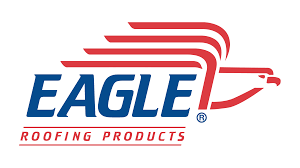Nations Roofing & Construction LLC
Call Or Text For A Free Estimate 813-485-4440
How to Tell if Your Roof Needs to be Replaced
How to Tell if your Roof Needs to be Replaced
Your roof is an essential part of your home's structure and it's important to keep it in good condition to protect your home and belongings. If you are wondering if your roof may need to be replaced in the near future, consider contacting us for a roof inspection. We can help you determine if your roof needs to be replaced. We have trained professionals who can perform a thorough inspection of your roof and provide you with an assessment of its condition. During the inspection, we will look for signs of damage, wear and tear, and any other issues that may affect the roof's integrity.
Here are some signs that your roof may need to be replaced:
Age
The age of your roof is a good indicator of whether it needs to be replaced. Most roofs have a lifespan of around 20-25 years. However, due to our hot summers, the lifespan of a roof in Florida can be affected by our local weather conditions. In general, a well-maintained and properly installed asphalt shingle roof can last around 15 to 20 years in Florida. Metal roofs can last longer, typically around 30 to 50 years, depending on the type of metal and its thickness. Tile roofs are also popular in Florida, and they can last between 20 to 50 years, depending on the type of tile and the quality of installation.
However, it's important to note that severe weather events such as hurricanes, heavy rains, and strong winds can significantly reduce the lifespan of a roof. Therefore, it's recommended to have regular roof inspections and maintenance to identify any issues early on and prevent them from causing serious damage.
If your roof is approaching or exceeding this age, it may be time to replace it.
Missing or Damaged Shingles
Check your roof for missing or damaged shingles which can leave your roof vulnerable to leaks and other damage. If your shingles are curling or buckling, it's a sign that they are nearing the end of their lifespan and may need to be replaced. Similarly, if you notice a significant number of missing shingles it may be time to replace your roof. Here is a brief list that you, the homeowner, can do if concerned about the condition of your roof:
- Check for visible damage: Walk around the perimeter of your house and look for any visible damage to the shingles, such as cracks, tears, or missing pieces.
- Look for granules in your gutters: If you find a lot of granules in your gutters, it could be a sign that your shingles are wearing down and need to be replaced.
- Check for water damage: Look for water stains or discoloration on your ceilings or walls, as this can be a sign of a leaky roof caused by damaged shingles.
- Inspect your attic: Go up to your attic during the day and look for any signs of sunlight shining through the roof, as this can be an indication that there are missing shingles.
- Check for curled or warped shingles: Curling or warping shingles are a clear sign that they are damaged and need to be replaced.
If you notice any of these signs, it's important to have a professional roofer come and inspect your roof to determine the extent of the damage and recommend the best course of action. Ignoring damaged or missing shingles can lead to further damage to your home and even cause leaks or structural damage.
Leaks or Water Damage
If you notice water stains on your ceiling or walls, it may be a sign that your roof is leaking. Even small leaks can cause significant damage over time, so it's important to address them promptly.
Water damage from roof leaks is the result of water penetrating through the roof system and into the interior of a building. This can occur when the roof is damaged, whether it is due to missing or damaged shingles, cracks, gaps or holes in the roof, or improper installation of flashing and other components. Once water penetrates the roof, it can cause damage to the roof deck, insulation, and other structural components of the building.
The extent of water damage from roof leaks depends on how long the water has been allowed to penetrate the roof and how severe the leak is. In some cases, the damage may be minimal, such as discoloration or stains on the ceiling. However, if the leak is left untreated for a long period of time, the water can cause significant damage to the structural components of the building, including rotting of wood framing, damage to electrical systems, and mold growth.
Water damage from roof leaks can be expensive to repair, and it's important to address any leaks as soon as possible to prevent further damage. Regular inspections and maintenance of the roof system can help identify and address potential leaks before they cause significant damage.
Sagging Roof Deck
If you notice that your roof deck is sagging, it may be a sign of a more serious issue with your roof. A sagging roof can indicate that your roof is structurally unsound and may need to be replaced. A sagging roof is a serious issue that can lead to further structural damage and even collapse if left untreated. It's important to have a professional roofer assess the damage and determine the best course of action, which may involve repairing or replacing the damaged roof structure.
Increased Energy Bills
If your energy bills have been increasing, it may be a sign that your roof is not providing adequate insulation. A roof that is damaged or not functioning properly can allow air to escape or enter the building, which can affect the efficiency of heating and cooling systems. This can result in increased energy consumption and higher electric bills.
For example, in the summer, a damaged roof can allow hot air to enter the building, causing the air conditioning system to work harder to maintain a comfortable temperature. In the winter, a damaged roof can allow cold air to enter the building, causing the heating system to work harder to maintain a warm temperature. This increased workload on HVAC systems can cause energy bills to rise.
In addition to affecting HVAC systems, a damaged roof can also allow moisture to enter the building, which can cause damage to insulation, electrical systems, and other components. This can lead to further energy inefficiencies and increased electric bills. Therefore, it's important to maintain a healthy roof system and repair any damage as soon as possible to prevent energy waste and increased electric bills. Regular roof inspections can help identify and address any issues early on, before they cause significant damage or impact energy efficiency.
If you notice any of these signs, contact us for professional evaluation. We will assess your roof and determine if it needs to be repaired or replaced. We are also available to explain everything we see as we complete the inspection, and as always, we are available to answer any of your questions.
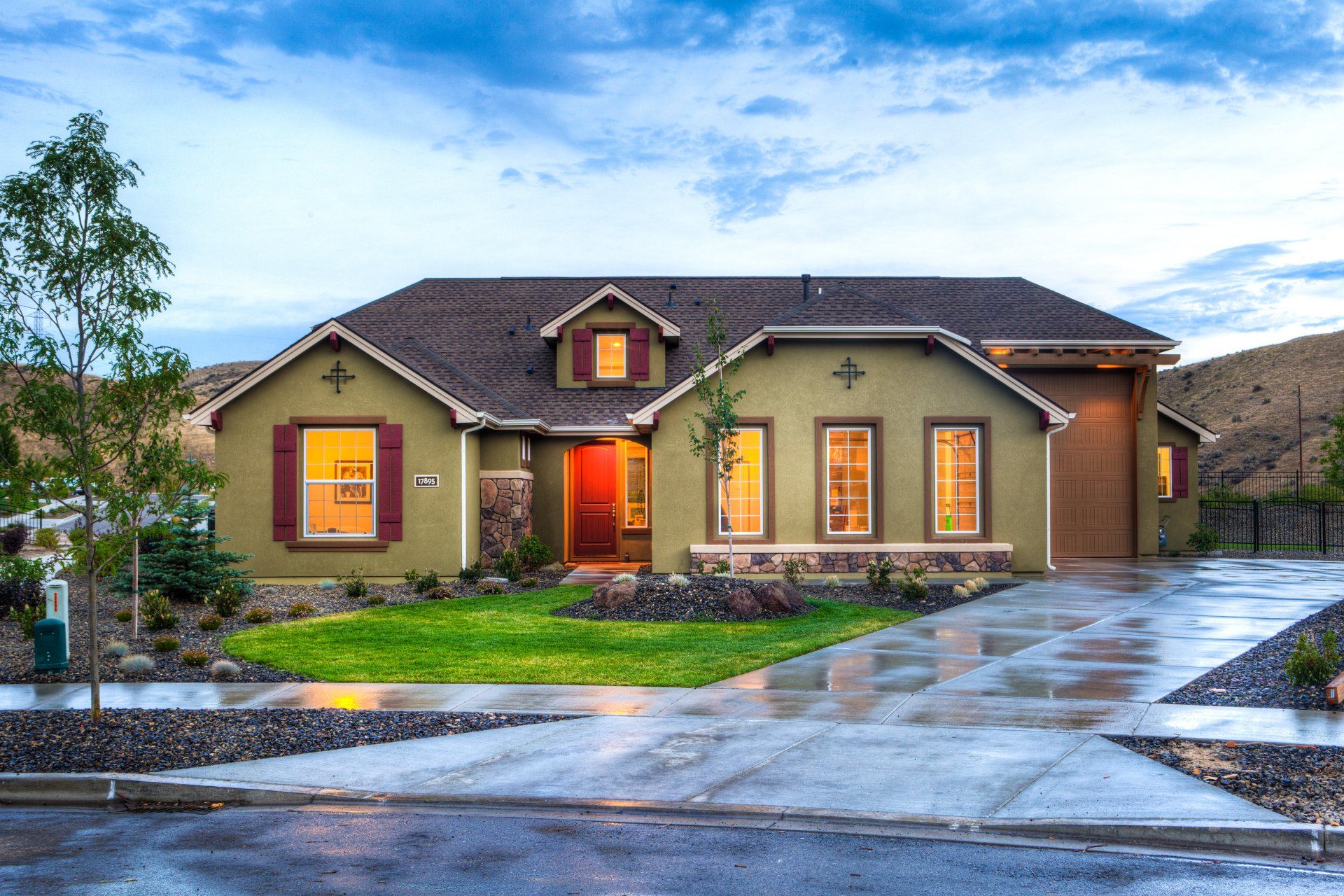
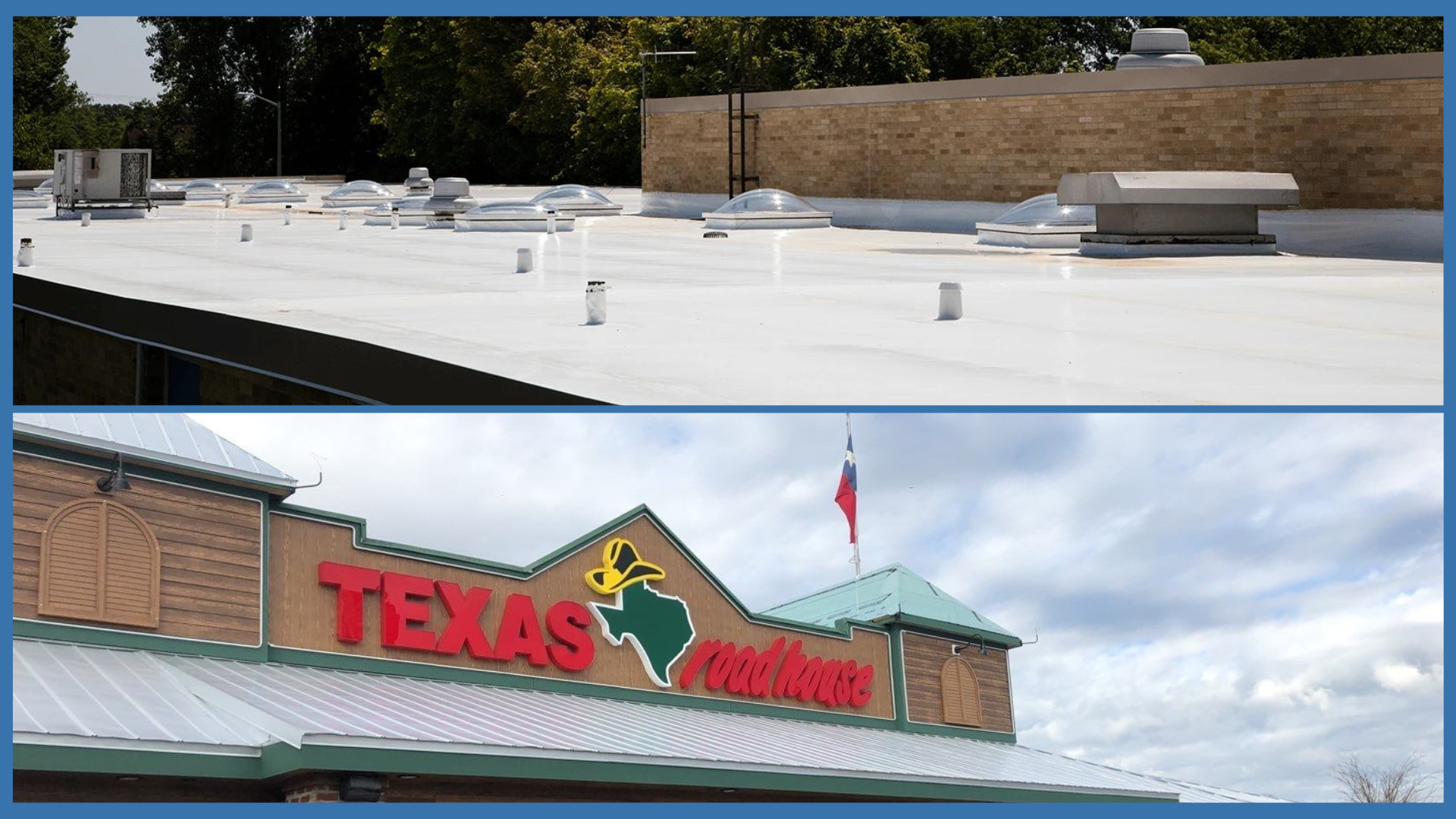

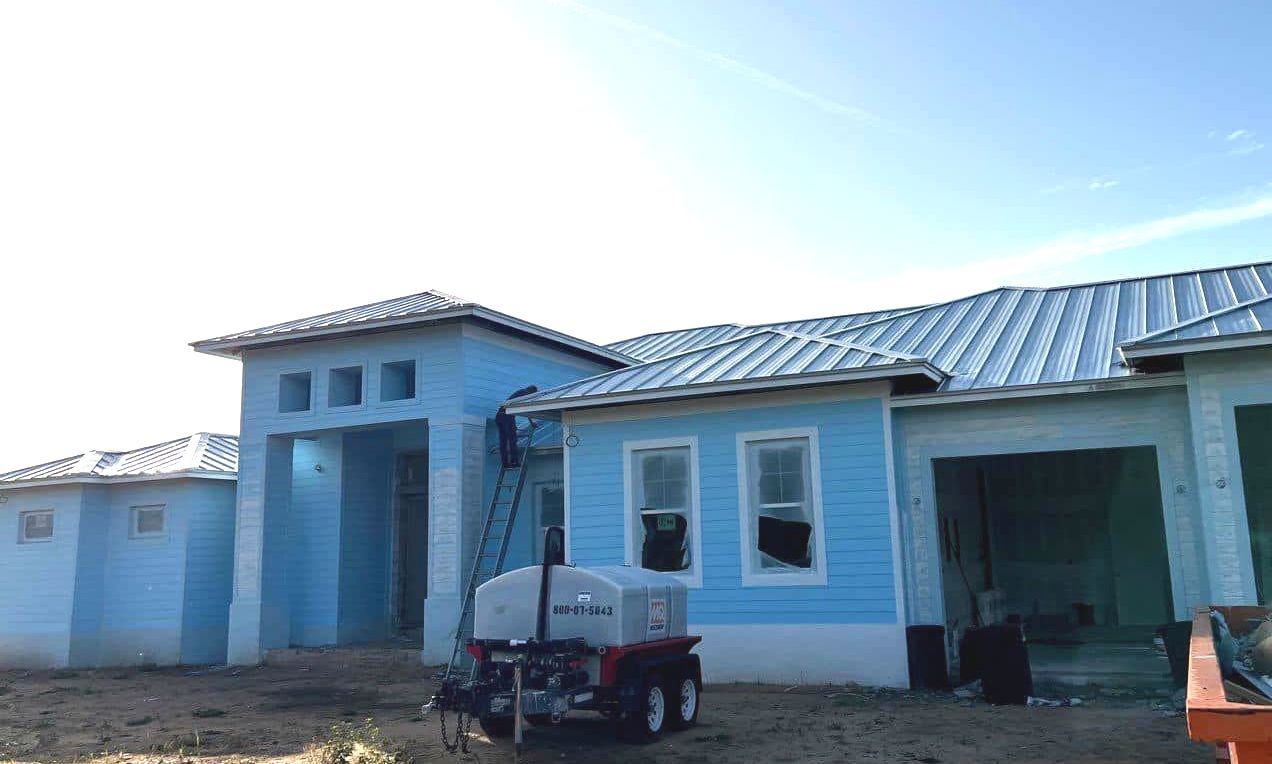
Quick Links
Contact Us For a Free Estimate
We will get back to you as soon as possible.
Please try again later.
Nations Roofing & Construction
Roofing License # CCC1332995
Contractor License # CRC1330325
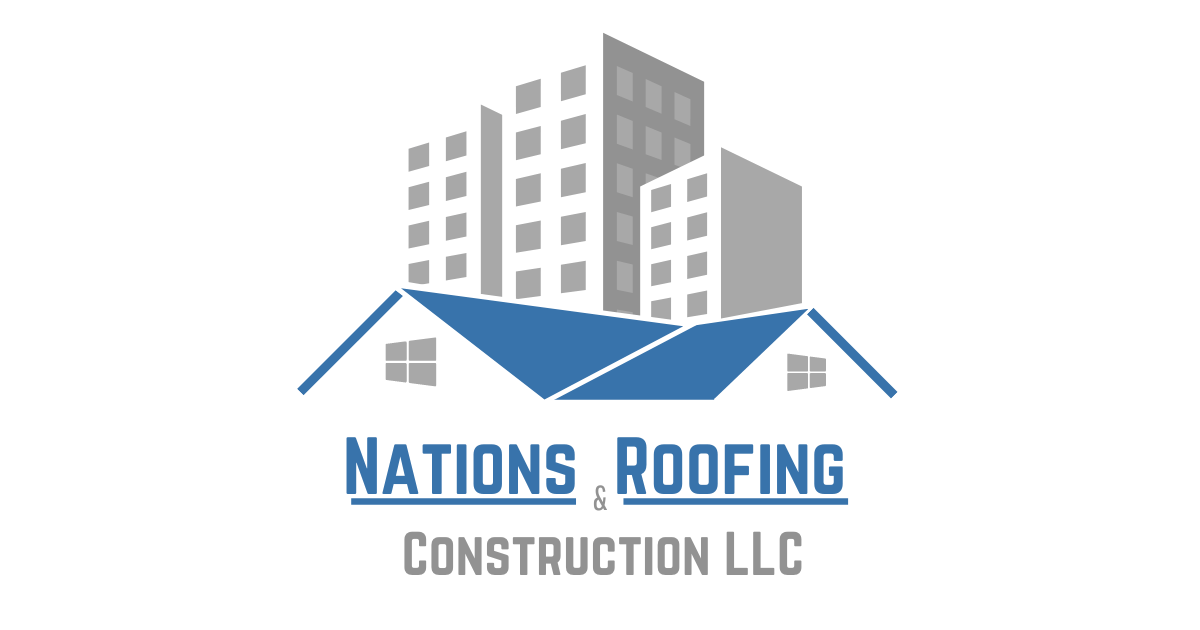
All Rights Reserved | Nations Roofing & Construction LLC
We are an independent, TriCounty Metals
Factory-Trained Installer. We offer the TCM homeownersEDGE Financing Program.



